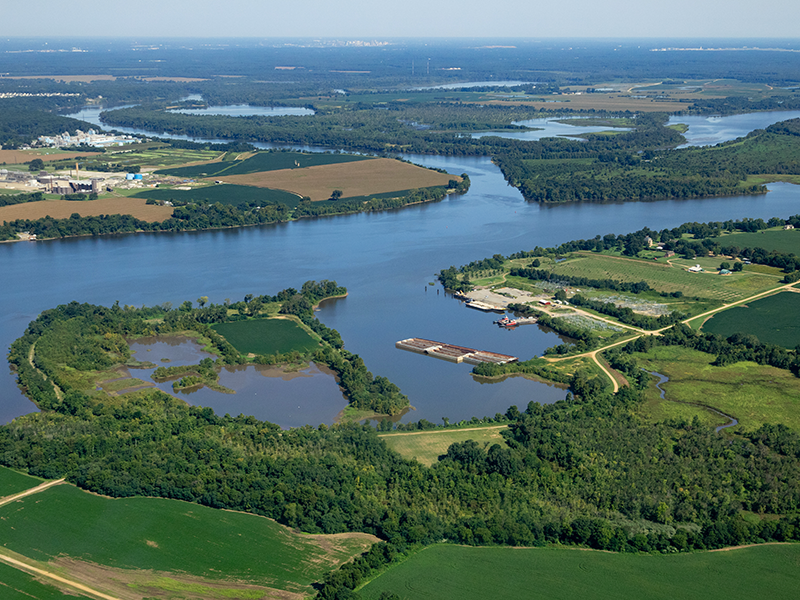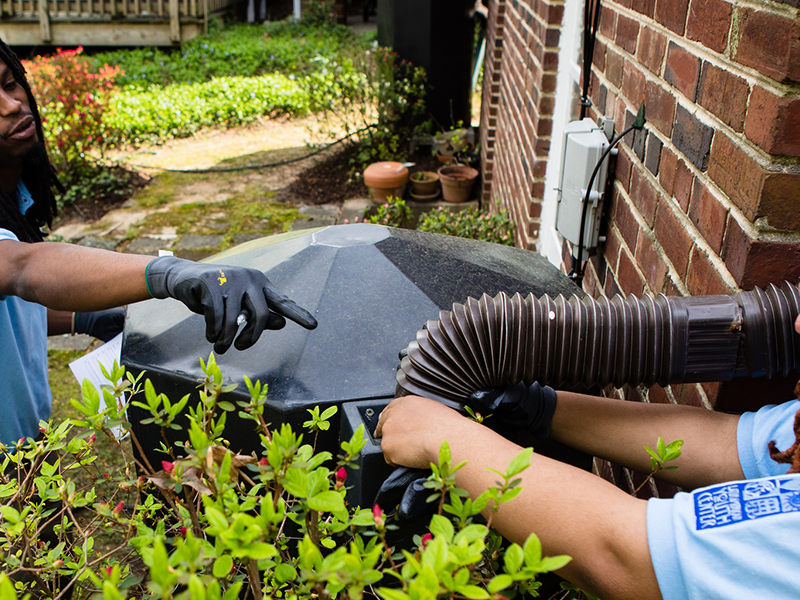Over the last decade, I’ve seen urban stormwater managers struggle with increasing pressure to manage their stormwater while dealing with the reality of being in an unpopular field: political leaders can’t fund rising costs to control sediment, nutrients, and bacteria when schools, parks and highways are underfunded or suffering cuts. I’ve also witnessed firsthand the genesis of regional cooperation transforming permitting processes and redefining compliance.
In many cases, the stormwater from multiple neighboring jurisdictions enters the same waterbody and permits can allocate portions of that load to each jurisdiction. In these instances, regional compliance programs enable jurisdictions to work together to achieve TMDL obligations, install projects at lower costs in locations where they will provide the greatest benefits, and achieve requirements on accelerated timelines. Thus, regional compliance programs provide wins for
- stormwater mangers because they can provide options that lower costs below engineering estimates within watershed management plans and other kinds of reasonable assurance analyses;
- water quality regulators because they provide trackable benefits from effective actions and enhance clarity about compliance;
- environmental stakeholders because they unlock effective action when stalemates and litigation have previously delayed environmental improvement.
The draw of regional compliance is more than just a theory. Through the leadership of just a few committed permittees and regulators with a vision for a better life, regional compliance has been working for the last 5 years in the Lake Tahoe watershed. Lake Tahoe municipalities have a Phase I MS4 permit that integrates sediment and nutrient load reductions identified in the Lake Tahoe TMDL. The requirements are challenging for three California municipal governments, Caltrans, and three neighboring counties in Nevada. The basin includes highly urbanized areas with 10-20 story skyscrapers and a $3 billion annual economy driven in part by water quality – a trait shared by many coastal areas. Although there are fewer co-permittees than many urban areas, the principles that work here, work elsewhere (as demonstrated in Washington D.C.).
These programs can take several forms but are in essence defined by similar components that are tailored to suit local needs. Based on our experience and lessons learned from the first 5-year permit cycle in Lake Tahoe, there are three essential elements of successful regional compliance programs.
- Clear performance measures and tools to quantify them – The performance basis in many watersheds is defined by a TMDL, ideally translated into a MS4 permit using clearly defined pollutants and specific targets that are aspirational but achievable by permittee actions. Use of an accepted tool or method to calculate baseline pollutant loads and estimate benefits of stormwater controls provides consistency among permittees – enabling comparison of the value of a project in one location versus another. In Lake Tahoe, the performance measure is defined as a “lake clarity credit,” equal to an annual reduction of 200 pounds of fine sediment.
- Tracking & accounting system –A tracking and accounting system is necessary to get credit for good work done and ensure there is clarity among participants about how credit is shared. These systems also provide confidence to regulators and environmental stakeholders that progress is real – allowing reductions in programmatic checklist requirements within permits and lowering the risk of 3rd party lawsuits. In Lake Tahoe, we learned that user experience is crucial and binders full of instructions are no substitute for a simple to use online system.
- Adaptive management process –A well-defined adaptive management process is a necessary element to keep programs relevant over time – allowing for innovation in pollution control actions, incorporation of new data into tools, and building confidence in stakeholders that they have a strong voice in the program. The Tahoe program has been through several cycles of adaptive management, initially with consultant support and now independently. The latest program changes can be seen in the 2017 Findings & Program Recommendations Memo.
Lake Tahoe’s regional compliance program is still evolving, but results are clear – last year at the close of the first 5-year permit term, sediment loads had been cut by 12%, all but one jurisdiction reached its performance target, and there was new trust between regulators and permittees. We recognize that regional compliance programs are not a universal approach; watershed conditions must be favorable and we don’t see a need when total costs to all permittees are less than $2 million annually. Though the road to achieving long-term sediment reduction targets remains challenging (increased to 21% in the next permit), municipalities that are testing the waters are finding it much better than the unattainable concentration limits they used to face.
About the Author
Chad Praul has supported the five municipal governments and two departments of transportation in design, adoption, and ongoing operation of the Lake Tahoe bi-state collaborative stormwater implementation program. Chad is a registered P.E. in California who aspires to pioneer a way to convert all of the solid planning work that underpins TMDLs into effective implementation work, removing hundreds of waterbodies from the 303d list.
Contributing authors: Jeremy Sokulsky and Evan Branosky



